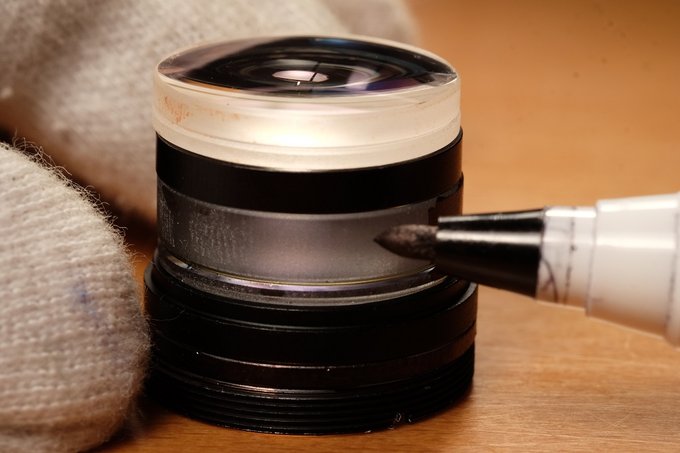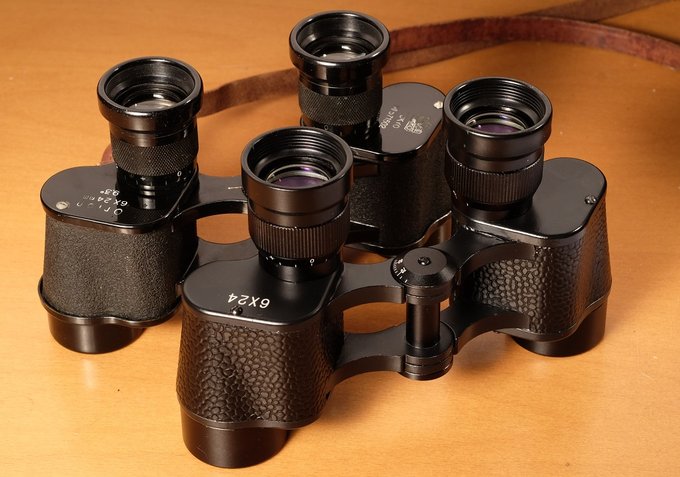Comet 6x24 binoculars from the inside – what went wrong?
1. Introduction - about binoculars and cuisine
Please Support UsIf you enjoy our reviews and articles, and you want us to continue our work please, support our website by donating through PayPal. The funds are going to be used for paying our editorial team, renting servers, and equipping our testing studio; only that way we will be able to continue providing you interesting content for free. |
- - - - - - - - - - - - - - - - - - - - - - - - - - - - - - - - - - - - - - - - - - - - - - - -
I know close to nothing about cuisine. I can’t cook well and I don’t think I’ll ever become a chef. Still, from time to time I enjoy eating – a healthy dish, made of the best, freshest products, properly seasoned and arranged nicely on your plate so you see the minute attention to detail of the professional who has prepared it. Served in the right atmosphere and a proper place, such a meal will be remembered long even if it might cost a lot. What does it have in common with the Chinese Comet 6x24 from the title? Let me explain. That pair of binoculars was delivered to our Editor-in-Chief and the Chief Binoculars Aficionado of the Polish Commonwealth, Arek Olech, not so long ago.
In order to find what exactly disturbed our impressions one August day in Warsaw I made a very strange exchange with my friend Arek. He got a brand-new Nikon WX and I was given the Chinese Comet. What’s even stranger, we were both happy, anticipating some emotional time! I spent several hours playing with Comet and then some time more getting to know its anatomy in detail; after that I think I knew what went wrong and I suppose my impressions are worth sharing with our Readers. You’ll see – and my test is going to prove – that some of flaws of the Comet are easily improved at home using simple DIY methods. Apart from that the Readers might learn a lot about the construction of a classic Porro pair of binoculars and the producers of the Comet are going to get some free-of-charge tips how to improve their quite nice product efficiently.








